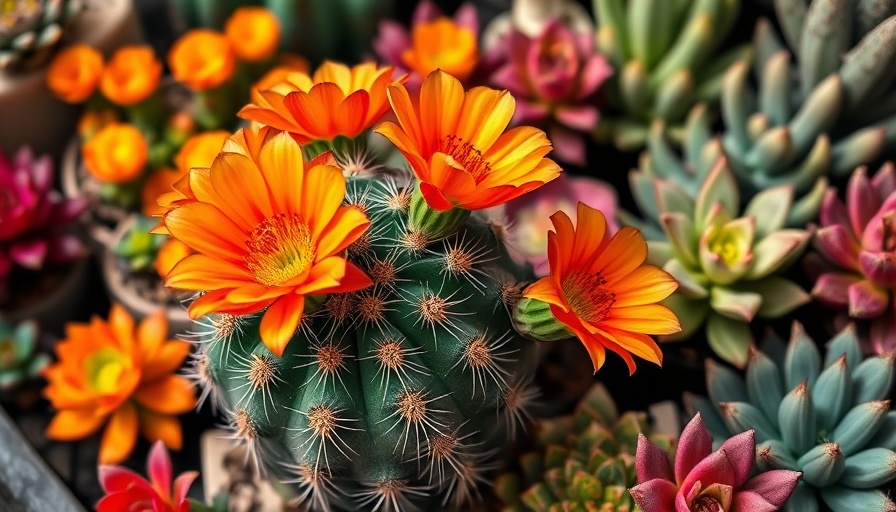
Unlocking the Potential of Hugelkultur Beds for Your Garden
As we approach the end of summer, many gardeners may find their beds empty, signaling the perfect opportunity to prepare for the upcoming planting season. Hugelkultur, a centuries-old permaculture technique, may just be the answer to elevate your gardening strategy. This method, rooted in the concept of "mound culture," not only enhances soil structure but significantly boosts plant growth.
What is Hugelkultur?
Hugelkultur involves constructing raised or sloped beds using layers of organic materials such as logs, branches, leaves, and grass clippings. This innovative approach mimics natural forest ecosystems, allowing the bed to retain moisture, improve drainage, and enrich soil fertility as the organic matter decomposes over time. Consequently, it significantly lowers the need for irrigation and fertilizer, making it a sustainable choice for environmentally conscious gardeners.
Building Your Hugelkultur Bed: A Step-by-Step Guide
Building a hugelkultur bed is relatively straightforward, and can be initiated in either existing planting areas or new spaces. Start by laying the foundation with large logs, which should occupy the core of your mound, followed by smaller branches, twigs, and leaves. To finish, incorporate nitrogen-rich materials like straw or manure to create a biodiverse environment that supports plant growth.
Generally, an average hugelkultur bed measures three feet wide, six feet long, and three feet high, giving ample space for vegetables and herbs. Keep in mind that the size can vary depending on the material available and your landscape needs.
Future Predictions: The Benefits of Hugelkultur
With climate changes constantly reshaping agricultural practices, methods like hugelkultur become invaluable. As these beds thrive, they not only enhance the soil but also create habitats for beneficial microorganisms crucial to overall garden health. Notably, the mounded structure captures rainwater, reducing runoff and encouraging moisture retention within the ecosystem.
Practical Tips for Success
While constructing your hugelkultur bed, consider the orientation and slope. A gentle incline aids in moisture distribution and enhances drainage. You can also implement a cover crop once your bed is built to further enrich the soil before the planting season kicks into high gear.
Additionally, gardeners can experiment with different organic materials on-site, which can vary based on what’s available locally. This entrepreneurial spirit not only cuts down costs but also engages the community in sustainable practices, fostering a more resilient local ecology.
Grow-at-Home Success Tips
As we execute these innovative gardening methods, don't forget to document every season's successes and challenges. These reflections serve as essential learning tools, enabling you to tweak practices for optimal growing conditions. Whether it's determining the right organic layer for your specific location or how to adjust your watering strategy, each encounter fosters growth. Hugelkultur beds present not only a solution to immediate gardening challenges but also a sustainable lifestyle choice that resonates deeply with the need for eco-friendly practices.
As the growing season approaches, it's the perfect time to start working on your hugelkultur beds. Lay the groundwork now, and watch your garden flourish in the spring! For additional ideas and DIY projects to inspire your yard renovations, don’t hesitate to explore more about constructing outdoor soil beds or building elevated planter boxes. Together, let’s transform our backyards into thriving ecosystems.
 Add Row
Add Row 
 Add
Add 


Write A Comment